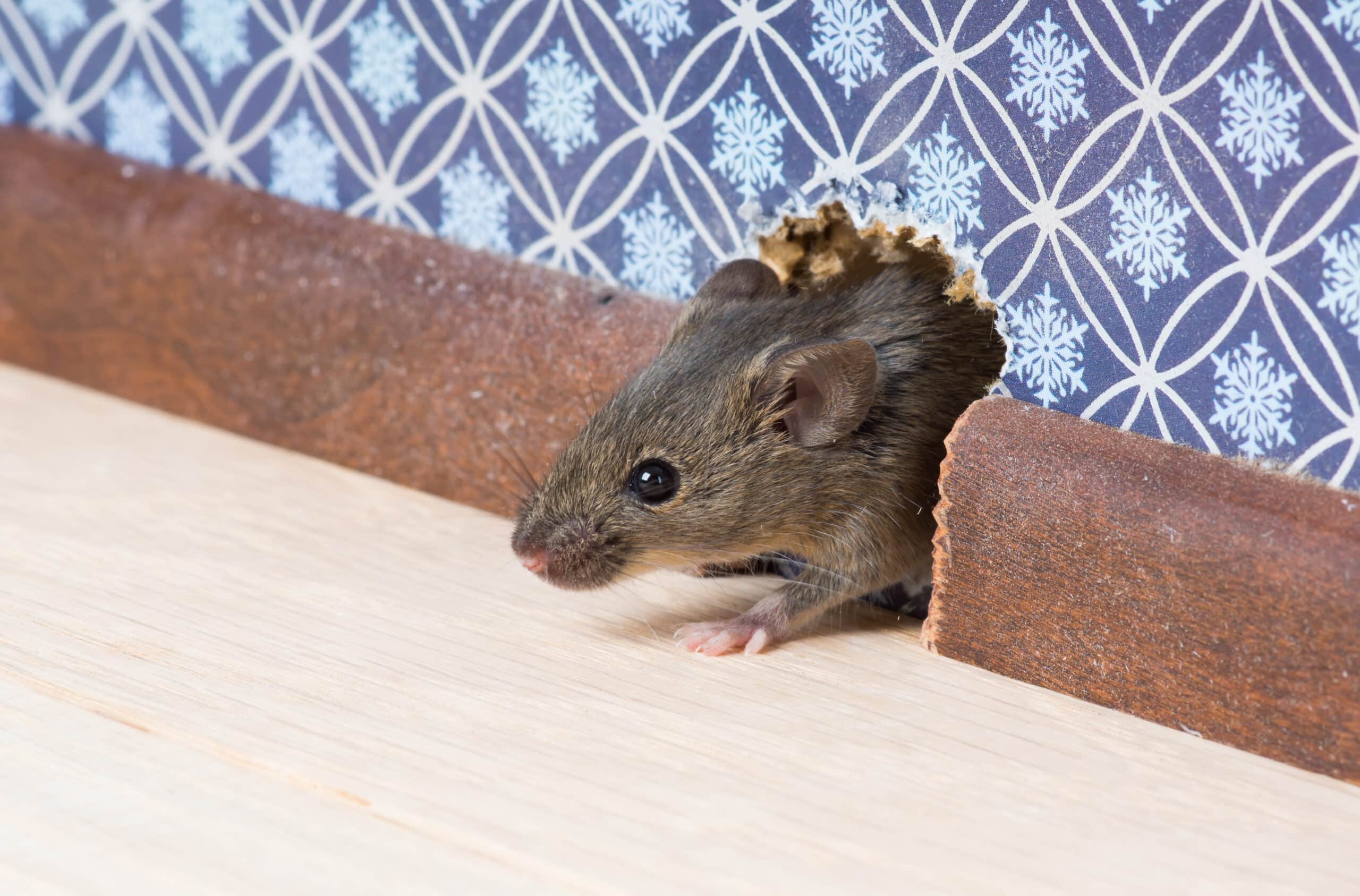Mice: our favorite furry, unwanted guests. We see the tell “tail” signs of a problem: droppings, gnawed holes in bags and walls, unidentifiable scratching noises, and your pet is not happy. Each winter, over 21 million homes in the US are invaded by the little visitors. Jeff, the FYI home inspection guy, is here to give tips on how to get rid of the little pests.
How do they get in?
Mice can get in through holes and gaps as small as 1/4 inch (dime-sized). Check your foundation, attic areas, and outer walls for holes. If the opening is too small for the mouse to squeeze into, a mouse can gnaw until the hole is big enough. Check door jams and door sweeps for a good seal. They can jump 13 inches high and run along small wires and cables.
How to catch the problem in the house.
There are many options for trapping or baiting mice. Snap traps are designed to kill mice quickly are easy to use. But they can be dangerous to pets and kids if not placed properly. Glue traps catch the mice without a snap but need to be proper placement to be effective. Unfortunately, these mice are caught live and can bring extra exposure to germs and diseases. Live traps require you to remove the mouse to another location. Bait blocks are not recommended as the mice will eat the poison and may die in the wall, causing decomposition smells to enter the home. The CDC recommends snap traps in strategic locations.
The most recommended bait for any trap is peanut butter. Other good options are sticky candies, bacon, and nuts. Whichever bait you choose, it should be securely attached to the trigger so the mouse can’t just grab it and walk away. Mice will be attracted to the bait’s smell and will have to work to get the food out, setting off the trap.
How to clean up after the invasion
Unfortunately, mice can carry bacteria or viruses, so it is essential to take precautions. The CDC recommends not stirring up the dust by sweeping or vacuuming droppings or urine. It is recommended to wear rubber or latex gloves when cleaning urine and droppings. Use a disinfectant or a solution of bleach and water. Follow the link to check the CDC recommendation on the recommended concentration of bleach. Make sure to clean and disinfect the whole area the mouse may have had contact with.
How to prevent future invasions.
Seal any exterior openings with silicone caulk. Check areas around pipes, gas lines, and dryer vents. You can also use steel wool to fill gaps and holes inside. Store food in glass or metal containers with tight lids. Contact a pest control professional for help and other suggestions.
When Jeff does his home inspections, he takes the time to check for visible indications of mice. He always recommends having a professional pest inspector come out to take a look if any are suspected.






